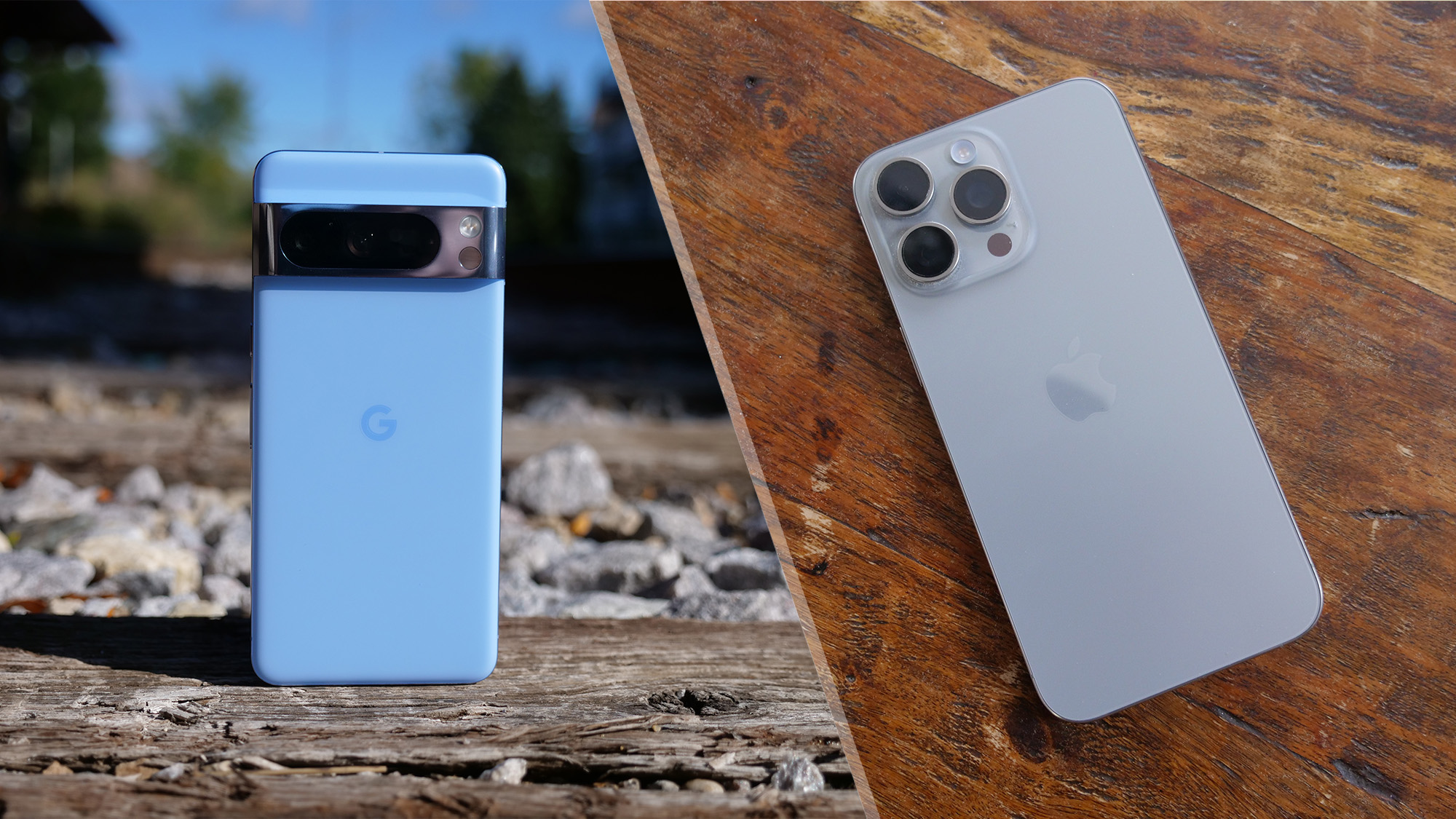
Apple’s and Google’s top-of-the-line phones this year — the Pixel 8 Pro and the iPhone 15 Pro Max — add a bunch of key upgrades over their predecessors and are even harder to pick between. They both feature improved three-camera systems, smooth, and ultra-bright 6.7-inch screens, secure facial recognition, software updates for years, and a $100 hike.
Look closer, however, and there’s no shortage of differences either. While the Pixel 8 Pro offers an extensive suite of AI-enabled and pro photo editing tools, a temperature sensor, and faster charging speeds, the iPhone 15 Pro Max raises the bar with its titanium frame, better telephoto lens as well as video-recording capabilities, and console-grade gaming. Most important though, the Pixel 8 Pro is a solid $200 cheaper, and it’s usually up for grabs at a discount.
So is it as easy as a choice between Android’s and iOS’s 2023 flagbearers or is there more than meets the eye? Here’s what we found in our in-depth comparison.
Google Pixel 8 Pro vs iPhone 15 Pro Max: Specs
Google Pixel 8 Pro vs iPhone 15 Pro Max: Design and build
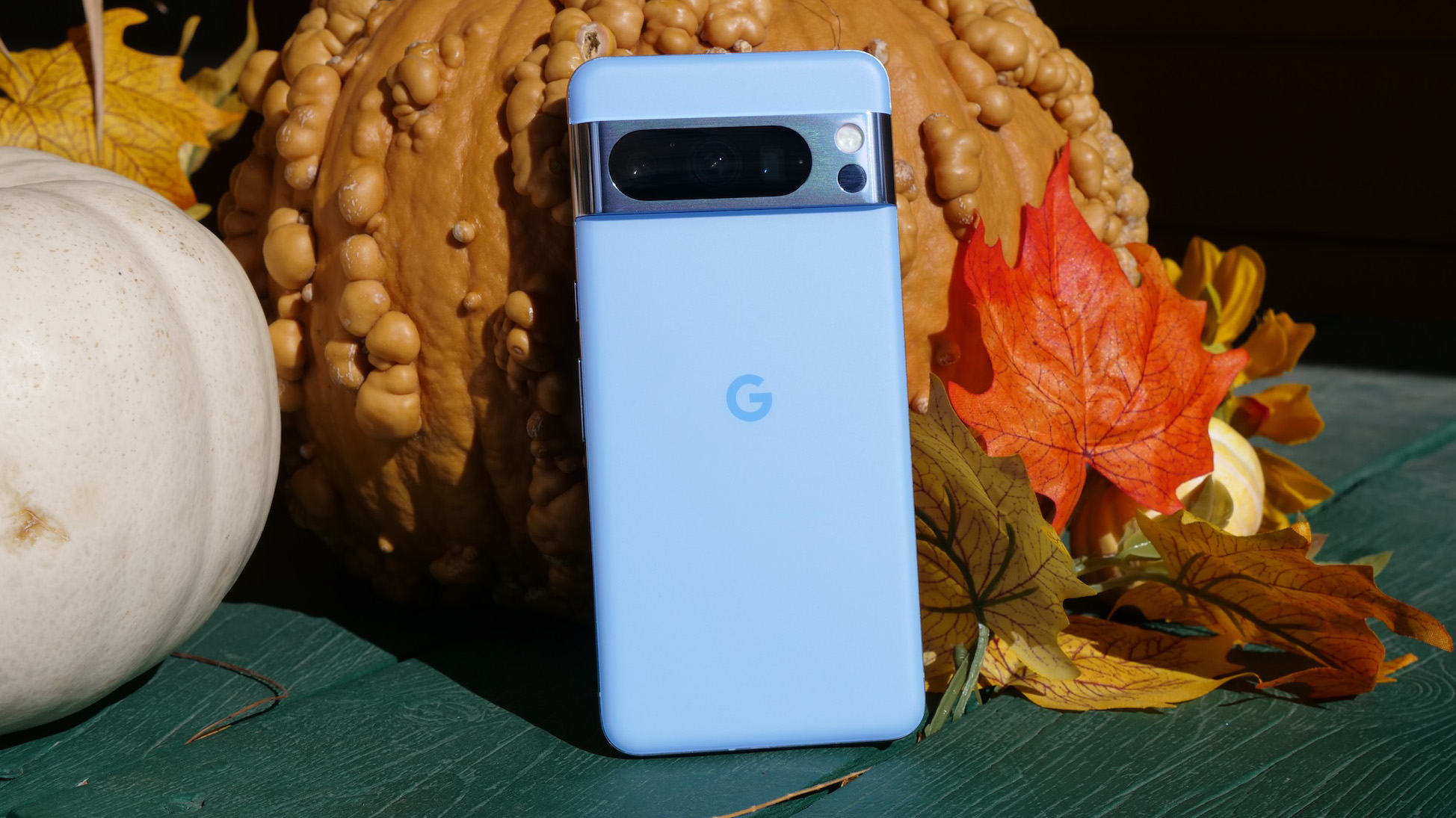
Against their previous iterations, the Pixel 8 Pro, and the iPhone 15 Pro Max are familiar sights. Compared to each other, though, they couldn’t be any more different.
Though both phones are sandwiched between a glass front and back, the iPhone 15 Pro Max’s frame is made out of a new titanium alloy as opposed to the Pixel 8 Pro’s aluminum body. The titanium’s brushed texture, in comparison, feels more refined, and premium. Since this material is less dense and shifts the balance towards its center, it feels lighter than it is, which is 0.3 pounds heavier than the Pixel.
Plus, while their similar matte finishes over the rear glass are slippery to hold, the iPhone is a little better ergonomically, thanks to its ever-so-contoured edges compared to the Pixel’s shiny aluminum sides. Make no mistake, however: these are gigantic phones and by no means, suited for one-hand use. Another detail worth noting about their builds is the Pixel 8 Pro is protected by Corning’s latest Gorilla Glass Victus 2, which emerged stronger than the iPhone 15 Pro Max in unofficial durability tests.
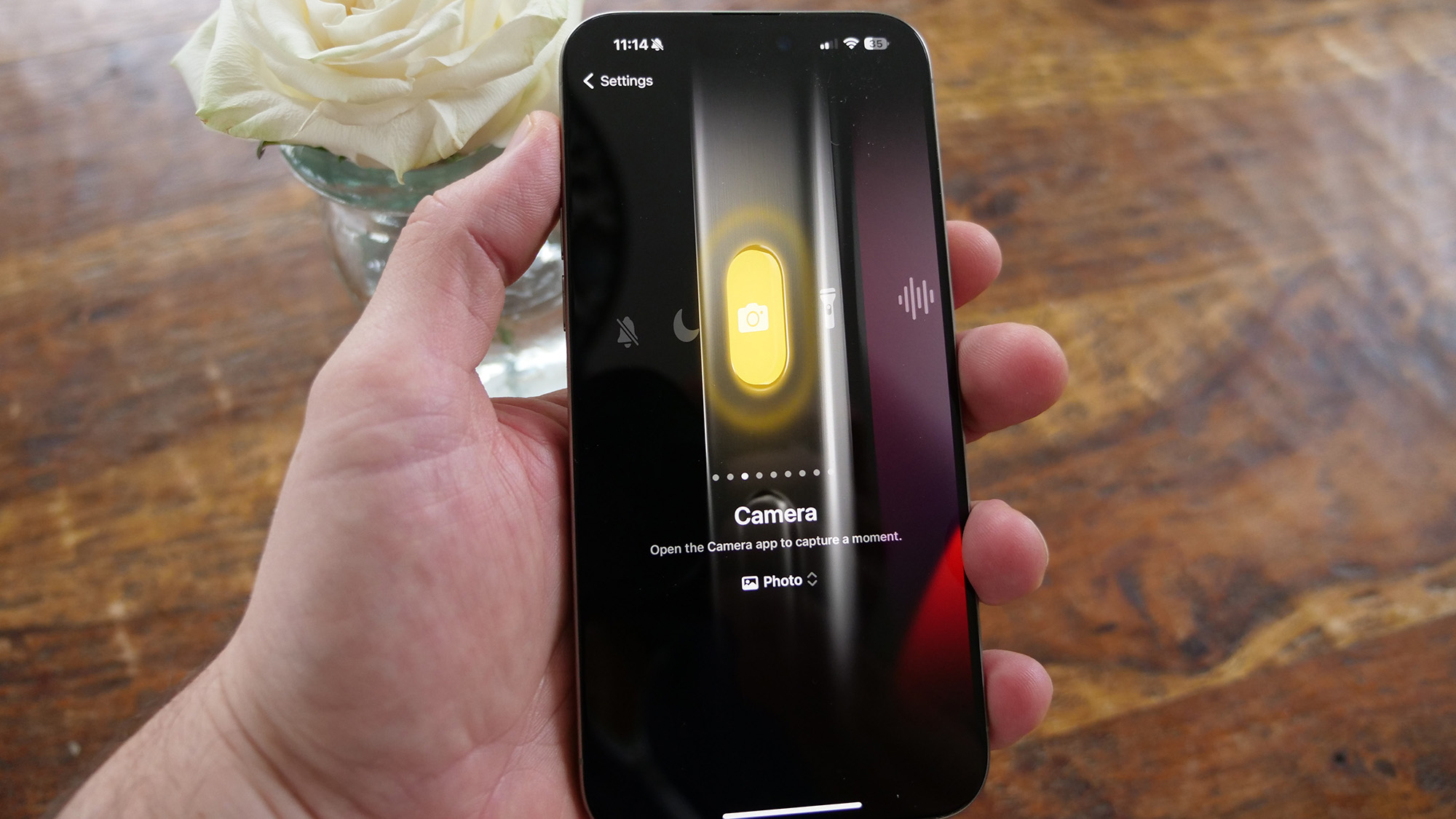
Visually, it’s the case of the bold and … the boring. The iPhone 15 Pro Max inherits Apple’s now four-generation-old industrial design with its three-camera setup tucked away in the top left corner. On the other hand, the Pixel 8 Pro features a cleaner iteration of the lineup’s signature look and sports a wide, periscope-like camera housing on the back.
Between the two, the Pixel is the head-turner and the iPhone appears like it’s overdue for a little refresh. Plus, its speck of a notch on the front is far less intrusive and it’s available in more fun, brighter colors — white, black, and blue — as opposed to the iPhone’s muted options.
Winner: Draw
Google Pixel 8 Pro vs iPhone 15 Pro Max: Display
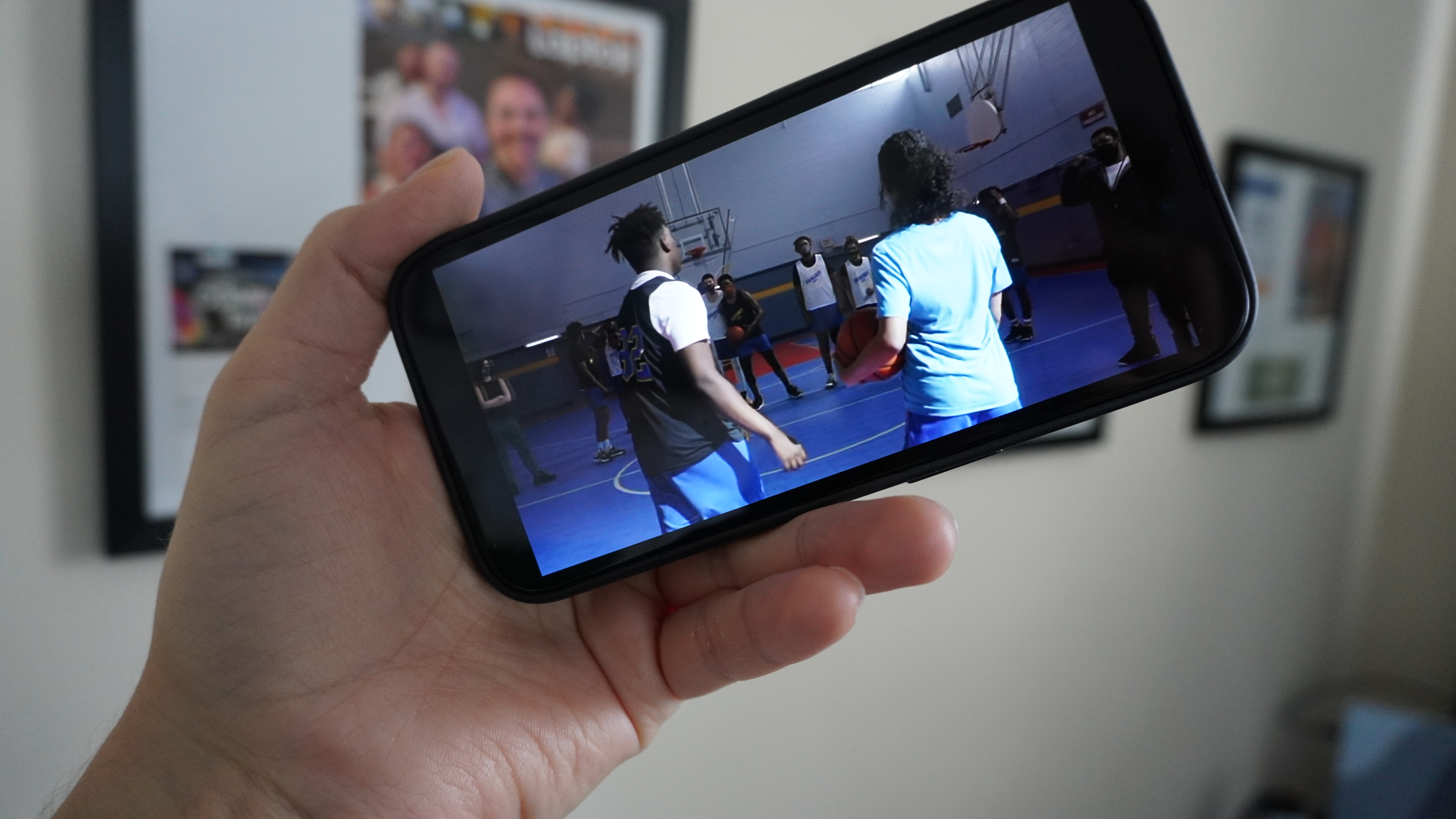
Both the Pixel 8 Pro and the iPhone 15 Pro come equipped with a 6.7-inch expansive OLED display that’s perfect for whether you’re streaming movies or playing video games. They’re about equally sharp, vivid, and can accurately reproduce colors. In addition, each screen can stay always on to show you the time and other information and can adapt its refresh rates depending on the content from a smooth 120Hz to 1Hz to preserve battery life.
While both are plenty bright and you’ll have no trouble reading on them even at the beach, the Pixel 8 Pro edges out the iPhone 15 Pro Max on paper. It can reach a peak brightness of 2400 nits, which is 20% more than the iPhone’s. In terms of sheer numbers, it’s also a tad sharper at 489ppi (vs 460ppi). Thanks to these metrics, the Pixel 8 Pro’s screen is technically rated the best smartphone display.
Another upside of the Pixel 8 Pro is that its selfie camera notch is much smaller — since it doesn’t have the numerous Face ID sensors — and therefore, there’s more screen real estate for everything, including status and notification icons.
In Apple’s defense, that wider notch does serve a semi-useful function. It’s called the “Dynamic Island,” and instead of just a static blank space accommodating the front sensors, it’s an interactive pill-shaped cutout that can elongate into the rest of the screen to show you live activities like how far out your cab is, or the remaining times on your timer. You can even touch it to expand it and access quick controls such as music playback controls.
Winner: Pixel 8 Pro
Google Pixel 8 Pro vs iPhone 15 Pro Max: Hardware
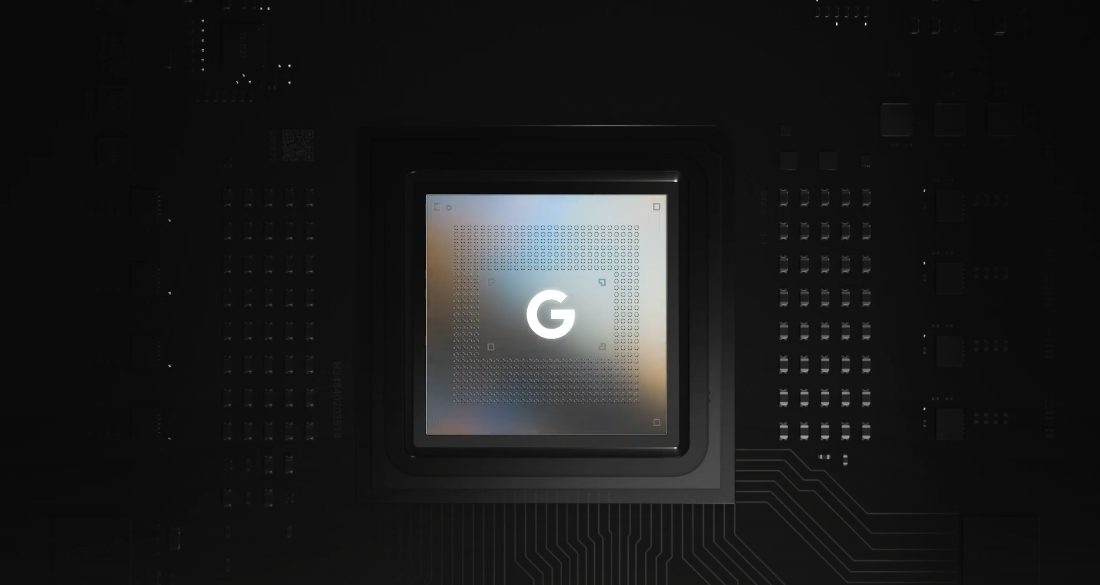
Though the Pixel 8 Pro and the iPhone 15 Pro Max each are laden with top-of-the-line hardware, there are certain differences in their spec sheets that can potentially seal which one you pick over the other.
If you’re an outdoors person, for example, the iPhone’s ability to beam an emergency SOS via satellite in zero-connectivity areas can be a lifesaver. Both of them, though, can detect severe car crashes, and automatically call for help. Similarly, for gamers, the iPhone’s support for DisplayPort will let you play console-grade AAA titles on external monitors at up to 4K resolution and 60Hz over USB-C.
The iPhone 15 Pro Max has a handful of other handy perks: it has an additional physical button you can link to your action of choice like launching the camera or the flashlight. There’s a LiDAR scanner which can bounce laser beams off of objects to tell how far they are from you and enables a lot more immersive Augmented Reality experiences.
The iPhone’s facial recognition system is also superior and while the Pixel fails to detect faces at all in low-light scenarios, the iPhone can authenticate even in pitch-black rooms. Lastly, it houses the second-gen ultra wideband chip that can help you precisely find your Find My accessories and friends at over 3-4 times longer distances than the Pixel’s first-gen module.
The Pixel 8 Pro does have a few tricks up its sleeve. I like the flexibility its in-screen fingerprint reader adds to the authentication experience. At times when I can’t look into the facial recognition system, I can just unlock it with a finger instead of typing the PIN as is the case on the iPhone. Plus, it’s compatible with Wi-Fi 7, and once the routers and networks around you transition to the latest standard, it will be capable of offering five times faster bandwidth. In addition, you’ll find a temperature sensor next to the Pixel’s rear cameras, which while isn’t much help at the moment since it only works for objects, will become indispensable when the FDA clears it for recording body temperature. In the United States, the Pixel 8 Pro still has a physical SIM tray, unlike the iPhone 15 Pro Max.
Winner: Draw
Google Pixel 8 Pro vs iPhone 15 Pro Max: Software
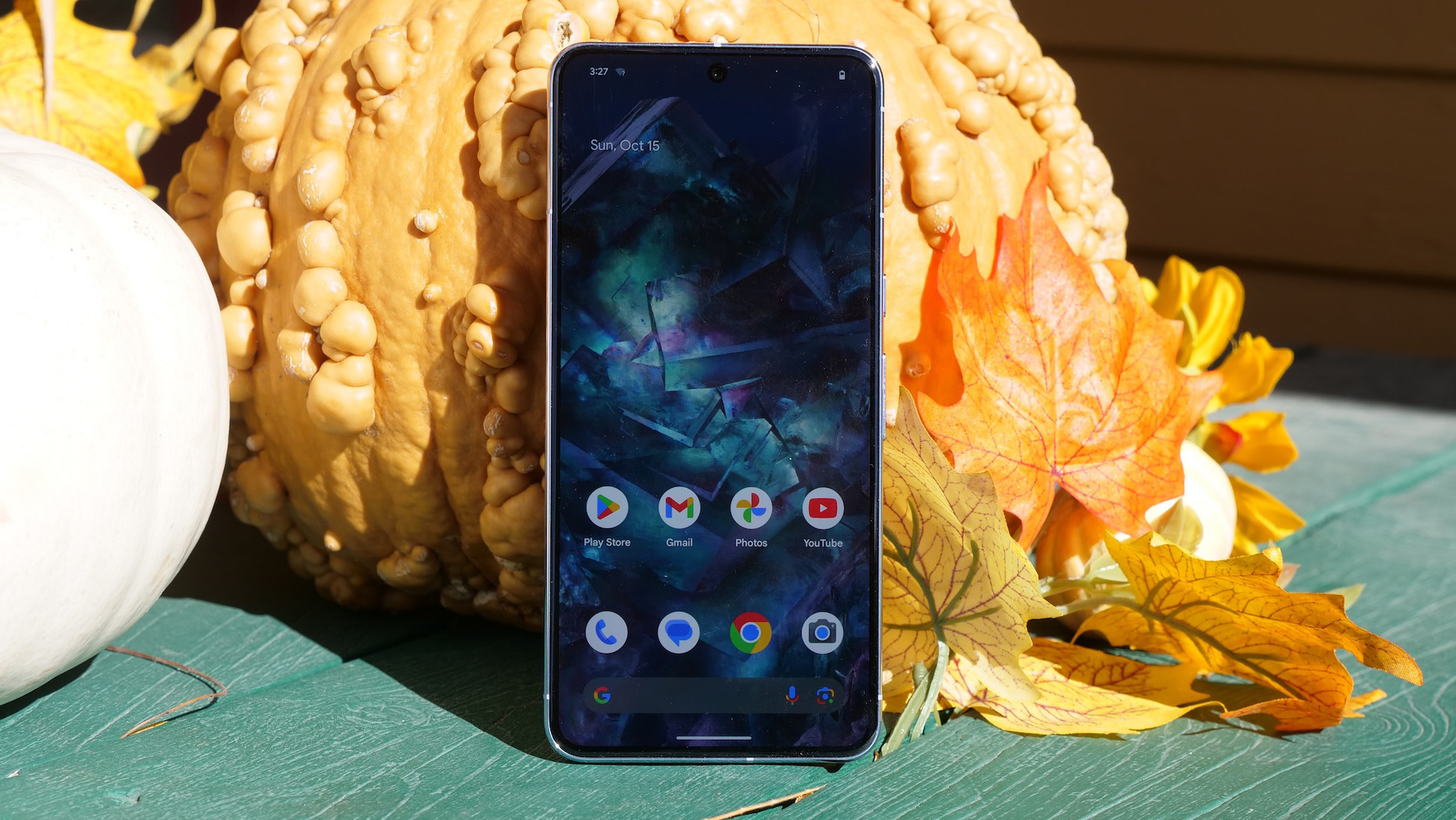
The Pixel 8 Pro and the iPhone 15 Pro Max exhibit the best of Android and iOS. After years of mirroring each other’s moves, both operating systems are more polished and feature-packed than they’ve ever been. Unfortunately, this also means there’s still no definitive answer to the perennial Android-vs-iOS update, and it narrows down to your preferences.
On the Pixel 8 Pro’s Android 14, Google’s software supremacy is on full display. There are far more ways to personalize the software, such as the ability to choose from a spiffy catalog of lockscreen clocks, picking which shortcuts appear on the lockscreen's bottom corners, and a playful underlying theme that adapts to the wallpaper. Speaking of which, the Pixel 8 Pro’s AI can generate unlimited wallpapers for you — all you have to do is pick a theme.
One of the more indispensable aspects of Android is the amount of control it offers over notifications: you not only block them but also cherry-pick what kind of alerts you want from an app. Plus, you can snooze them for later and scroll through all the ones you dismissed in the past. In addition, it can better leverage a large screen and allows you to use two apps at once in a split-screen mode.
In select regions like the United States, the Pixel’s virtual assistant can also pick up your phone calls for you, find out who’s calling you and what they want and allow you to jump in if and when you wish to.
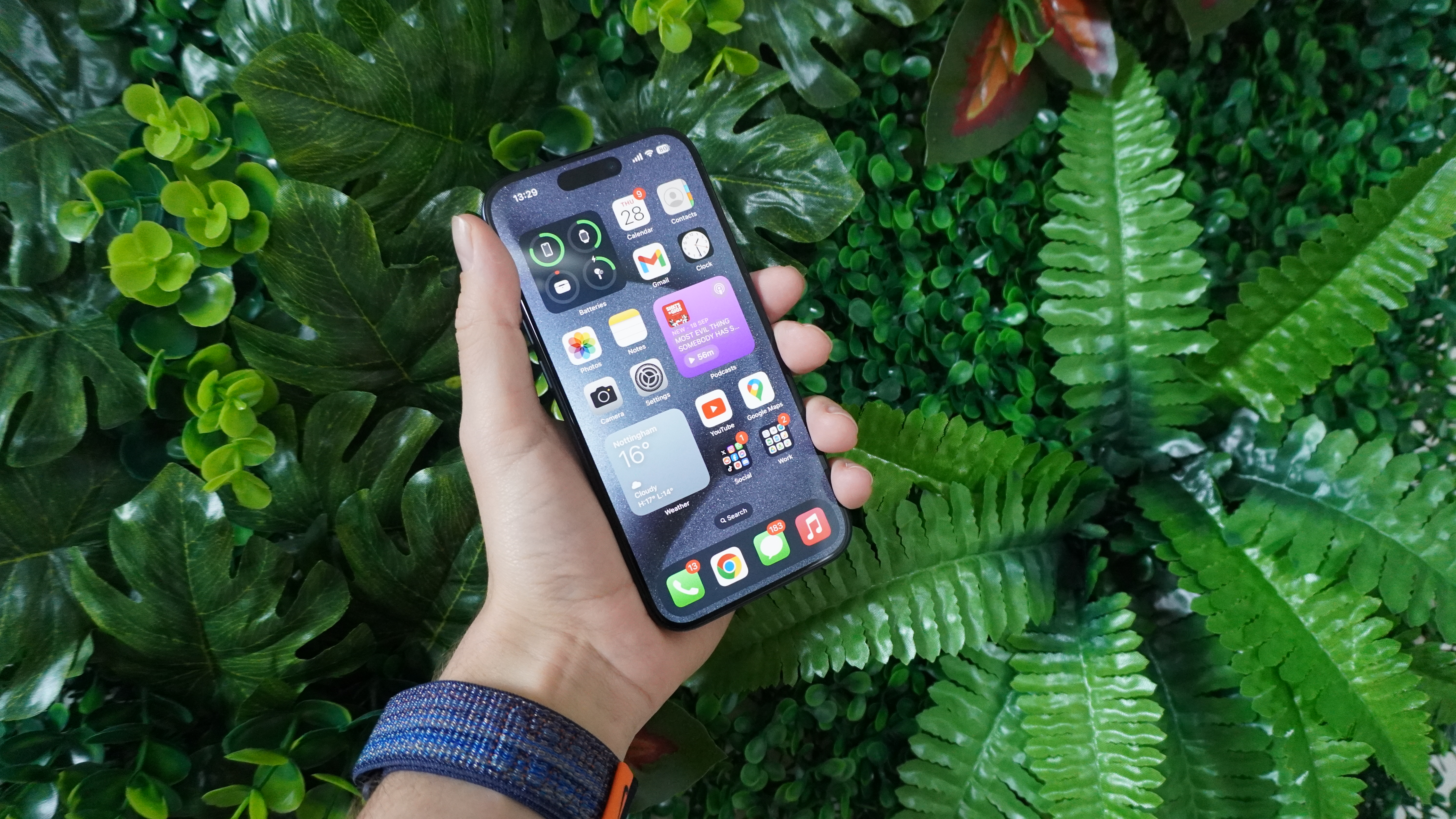
The iPhone Pro Max’s iOS 17 benefits from a richer third-party dev ecosystem. iPhone apps are usually more responsive than their Android counterparts. Similarly, new services tend to debut on iOS and take months to arrive on Android. In the last couple of updates, Apple has also brought on some nifty features such as Standby Mode, which turns your iPhone into a smart display, and an upgraded Spotlight, which lets you look up and access in-app functions right from the universal search results. Of course, iOS’s biggest pull is Apple’s in-house apps. If you’ve got a circle of friends and families who live inside FaceTime and iMessage, then there’s a high chance you’ll feel more at home on iOS.
There is one, objective upper hand the Pixel 8 Pro holds over the iPhone 15 Pro Max, however. Google claims it will receive major software updates for seven years, which is, on average, about a year or two longer than Apple. Historically, Google has also done a better job at rolling out new features to older models, as opposed to Apple which typically limits them to the latest phones.
Winner: Pixel 8 Pro
Google Pixel 8 Pro vs iPhone 15 Pro Max: Performance
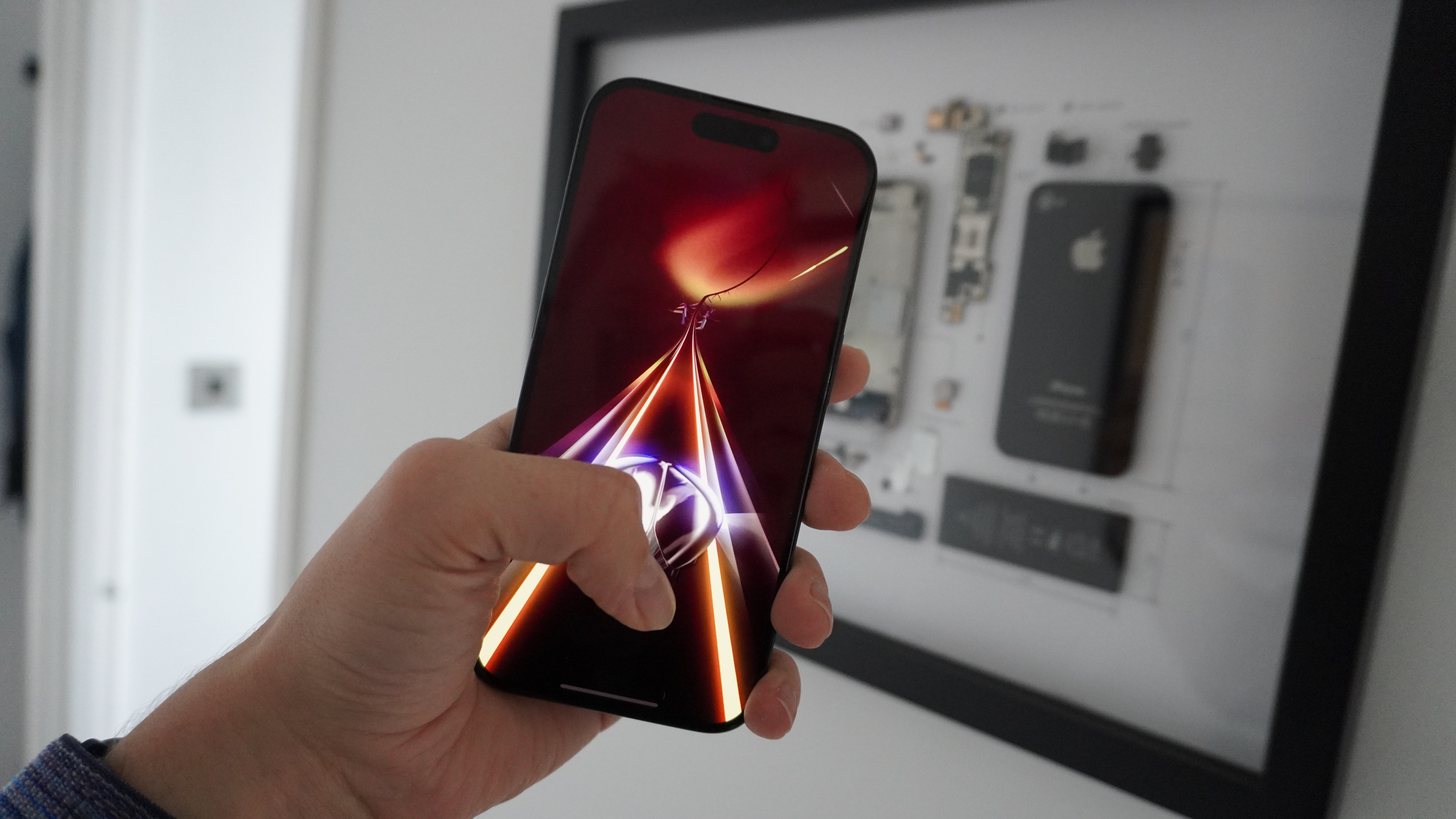
If the software is Google’s home turf, performance is Apple’s.
The Pixel 8 Pro is powered by Google’s nine-core 4nm Tensor G3 chip and 12GB of RAM. It’s available in four storage variants: 128GB, 256GB, 512GB, and 1TB. The iPhone 15 Pro Max runs on Apple’s 3nm, six-core A17 Pro processor, and 8GB of RAM. It has three variants: 256GB, 512GB, and 1TB.
In day-to-day activities, none of the phones will let you down. I had no trouble navigating routine tasks like scrolling social media, multitasking between numerous apps, or clicking hundreds of pictures back to back on either of them.
Put them through their paces like shooting and editing a 4K video and the iPhone 15 Pro Max outclasses the Pixel by a mile. The iPhone 15 Pro Max scores double that of the Pixel in benchmarks and even comes close to beating desktop-class chips like the Intel Core i9-13900K CPU in some tests. Its GPU can also handle hardware-accelerated ray tracing and supports console games like the upcoming release of Resident Evil Village.
In addition, the Pixel 8 Pro, like its predecessors, tends to get warm rather quickly under duress, and on sunny days, especially, it sometimes refuses to capture high-res video because it’s too hot. The iPhone 15 Pro Max has had its fair share of overheating issues as well but a recent update seems to have put those to rest.
Winner: iPhone 15 Pro Max
Google Pixel 8 Pro vs iPhone 15 Pro Max: Battery life and charging
Although the iPhone 15 Pro Max is equipped with a smaller 4441 mAh battery compared to the Pixel 8 Pro’s 5050 mAh pack, it lasts longer on a single charge. In official battery tests, the iPhone clocked about 13 hours, while the Pixel tapped out in a little over 10 hours. In real-life use, both phones can comfortably go on for a day and a half, though the iPhone will likely last a couple of extra hours in total.
The Pixel 8 Pro does score points in charging speeds. A 30W adapter can top up the Pixel from 0% to 100% in about ninety minutes, whereas the iPhone 15 Pro Max’s outdated 20W speeds will take closer to two hours. The Pixel also charges faster wirelessly; With Google’s own 23W charging stand, you can completely charge the Pixel 8 Pro in less than two hours. The iPhone 15 Pro Max, on the other hand, is compatible with inferior 15W MagSafe wireless charging and 7.5W with any standard Qi charger.
Plus, the Pixel has reverse-wireless charging, which means you can charge other devices like earbuds simply by putting them on its back.
Winner: Draw
Google Pixel 8 Pro vs iPhone 15 Pro Max: Cameras
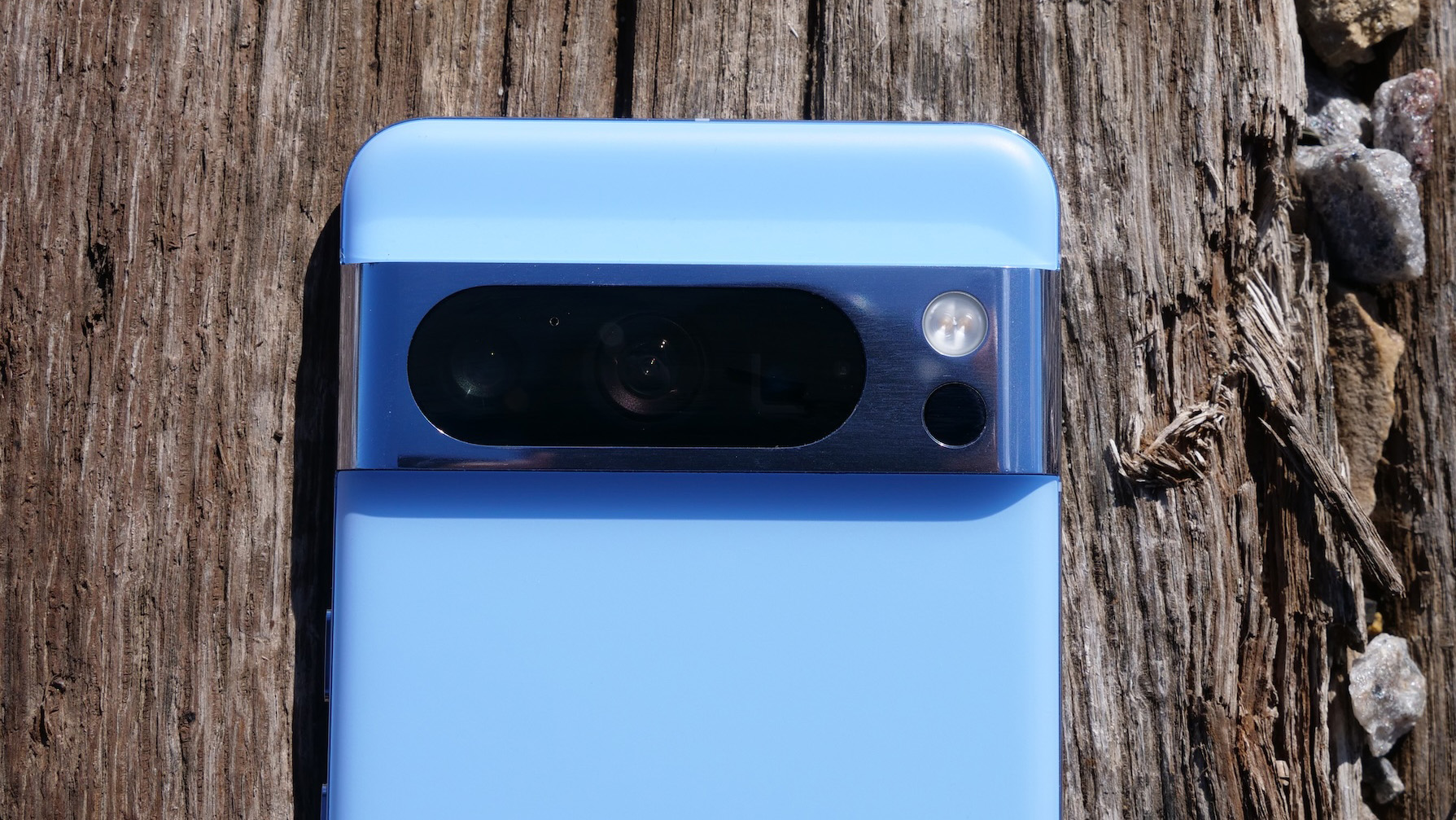
The Pixel 8 Pro and the iPhone 15 Pro Max are two of the finest smartphone cameras on the market. Although there are certain hardware differences between them, comparing their camera results is tricky since each has its own belief of which kind of photos look best and processes your shots accordingly but we’ll do our best to help you decide.
Both phones have three cameras on their back. On the iPhone 15 Pro Max, you’ll find a main 48-megapixel f/1.8 lens, a 12-megapixel telephoto sensor (5x optical zoom), and a 120-megapixel 120-degree ultrawide. The Pixel 8 Pro has a 50-megapixel f/1.7 lens paired with a 48-megapixel telephoto shooter, also capable of 5x optical zoom, and a 48-megapixel 126-degree ultrawide.
In ample lighting, it’s close to impossible to separate these two phones’ camera performance. The photos they capture are sharp, accurate in colors, and feature well-balanced shadows and highlights. None of them goes too far to shoot up the saturation or exposure.
The Pixel’s shots, though, do feature a more contrast-y look that often better depicts the scene, as opposed to the iPhone, which tends to prefer blowing up the highlights ever so slightly. In addition, the Pixel usually gets skin tones correct compared to the iPhone, which, again, prefers to raise the exposure a little, overshadowing each person’s complex facial features in group shots. Selfies are nearly identical and both phones’ front cameras have autofocus.
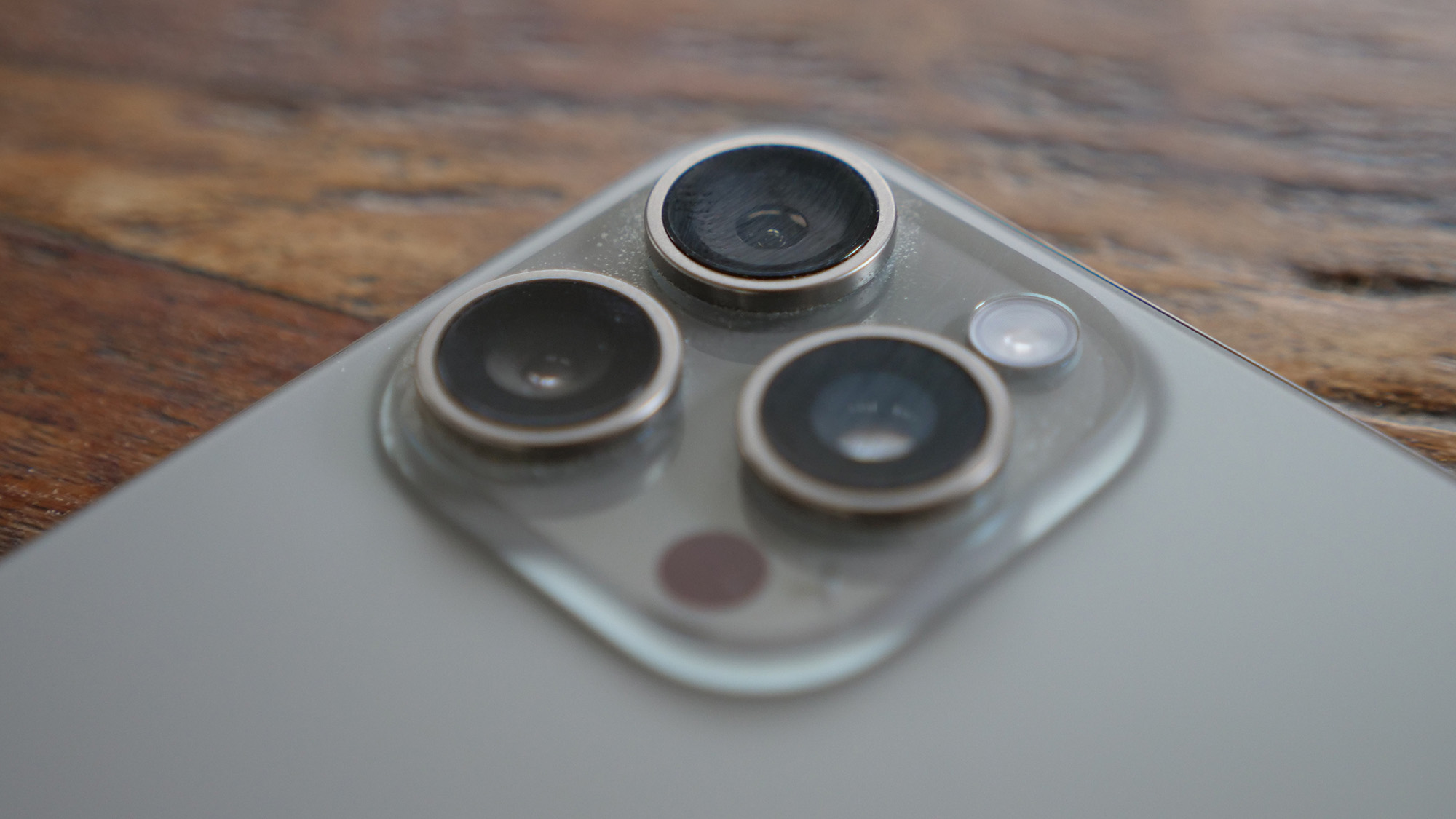
Telephoto performance is another close-call with both drawing in plenty of details in 5x zoomed-in pictures while maintaining a consistent dynamic range. In this case, however, the iPhone’s pictures can come out a tad dull, whereas the Pixel does a better job at pulling in more colors and details, especially in dimly lit scenarios. In low light, both phones’ Night Mode fare well in keeping shots tidy and producing a rich amount of details. Overall, though, the Pixel edges a little ahead in retaining sharpness, especially in scenarios where there’s a lot of movement.
Yet, the reason I’d pick the Pixel 8 Pro for photography is not its outcomes, but its default camera app. It offers an impressive suite of pro editing options that let you customize your shot however you wish to, such as tweaking the ISO, or shutter speed. Plus, dedicated modes like “Action Pan,” which freezes your main, moving subject, and adds a creative motion blur effect to the background, are fun and allow me to capture photos that otherwise would have taken me a while to set up.
Once you’ve saved your photos too, the Pixel 8 Pro has a bunch of AI-enabled tools you can use to practically alter the reality. You can remove or relocate objects in your shots, unblur faces, and pick faces from photos taken in quick succession to build the best version of the group shot.
The one area where the iPhone trumps the Pixel is video recording. The quality of the iPhone’s 4K footage is usually crispier with cleaner colors and contrast and it keeps subjects in focus, even when the lighting fluctuates.
Winner: Draw in performance, Pixel wins in software
Overall winner
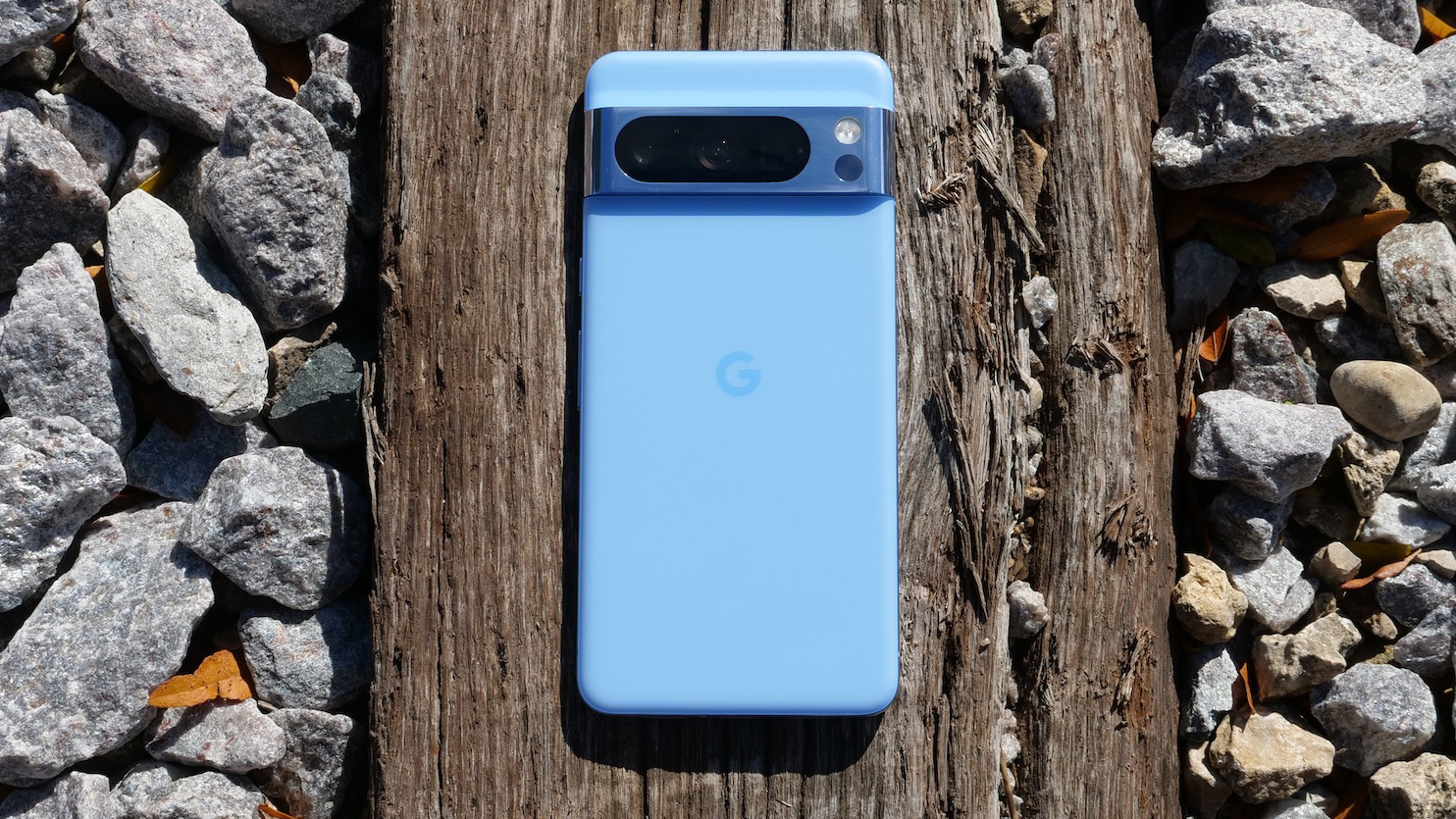
Both the Pixel 8 Pro and the iPhone 15 Pro Max prove their worth with flagship qualities across the board. There’s no clear winner but at the end of the day, I’d say the iPhone doesn’t do enough to justify its higher starting price. Therefore, unless you’re an active mobile gamer, someone who would find themselves taking advantage of the emergency SOS features, or you spend more time shooting and editing videos than photos, the Pixel 8 Pro is the way to go.







